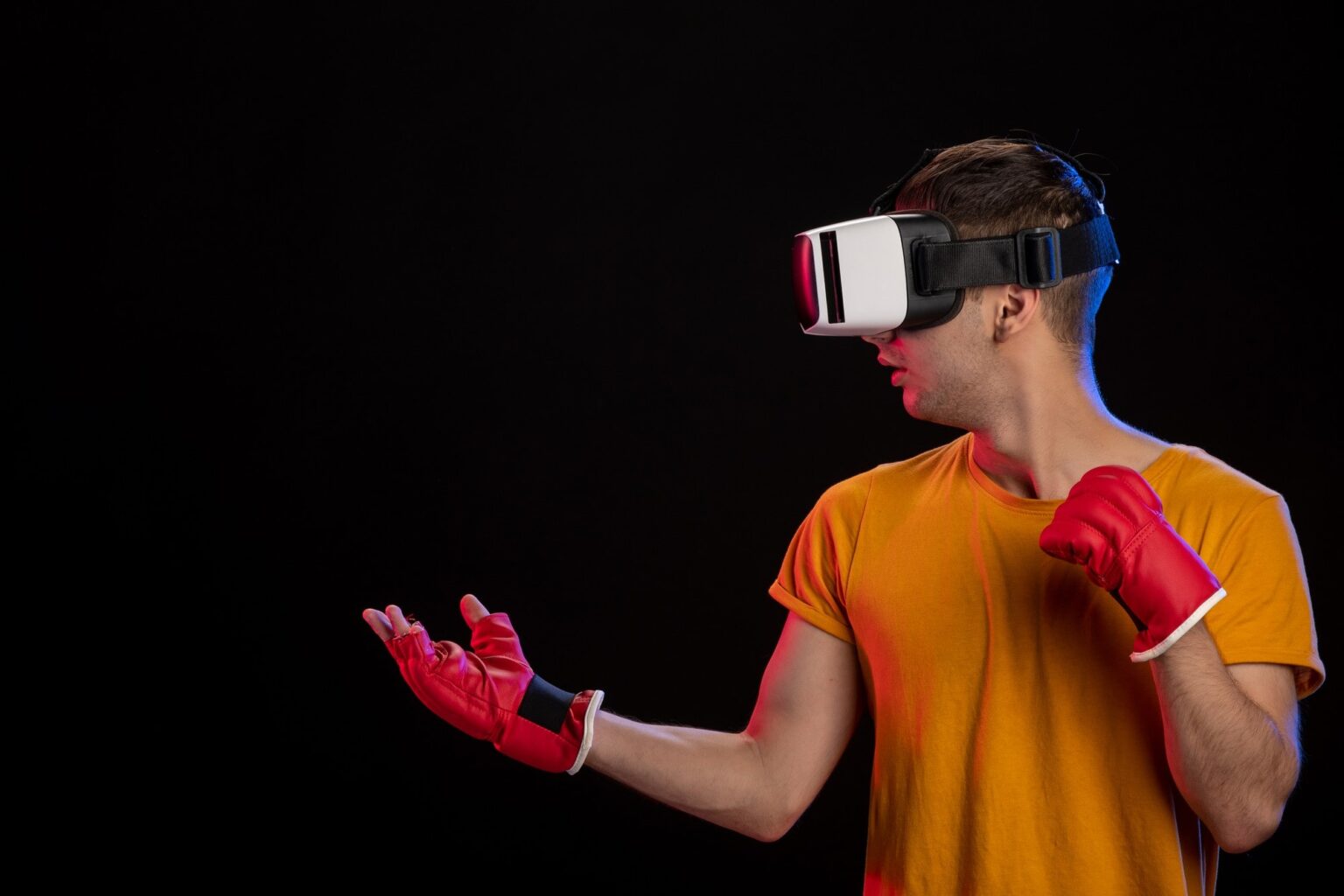AR (Augmented Reality) and VR (Virtual Reality) technologies have made a significant impact on the world of sports, enhancing fan engagement and revolutionizing athlete training. By providing immersive and interactive experiences, AR/VR is transforming the way sports are enjoyed, analyzed, and practiced. Here are some key applications of AR/VR in sports:
- Fan Engagement and Immersive Experiences: AR/VR technologies provide fans with immersive and interactive experiences, bringing them closer to the action. Fans can use AR apps or VR headsets to view live games from different angles, virtually sit in stadium seats, or experience the intensity of a sporting event through virtual simulations. These technologies enhance fan engagement, providing new perspectives and enhancing the overall viewing experience.
- Virtual Stadiums and 360-Degree Video: AR/VR can create virtual stadiums and arenas, allowing fans to experience games as if they were physically present. 360-degree video and panoramic views provide an immersive and realistic sense of being in the stadium, complete with crowd noise and atmosphere. This technology enables fans to enjoy live sports events from the comfort of their homes, regardless of geographical limitations.
- Athlete Training and Performance Analysis: AR/VR is transforming athlete training and performance analysis. Virtual reality simulations can replicate game scenarios, allowing athletes to practice in realistic environments and enhance their decision-making skills. AR overlays real-time data and statistics onto the physical environment, providing athletes with valuable feedback and insights during training sessions. These technologies help athletes improve their skills, strategy, and overall performance.
- Injury Prevention and Rehabilitation: AR/VR plays a vital role in injury prevention and rehabilitation. By using virtual simulations and motion capture technology, athletes can analyze and correct their movements, reducing the risk of injuries. Additionally, VR-based rehabilitation programs provide immersive environments that aid in physical and cognitive therapy, enabling athletes to recover from injuries more effectively.
- Data Visualization and Analytics: AR/VR technologies facilitate the visualization and analysis of complex sports data. By overlaying real-time statistics, player information, and tactical insights onto live games, broadcasters and analysts can provide a more engaging and informative experience for fans. These visualizations enhance the understanding of the game and enable deeper analysis of player performance and strategy.
- Virtual Coaching and Scouting: AR/VR enables remote coaching and scouting. Coaches can provide real-time feedback and guidance to athletes during training sessions using AR overlays, even when they are physically distant. Additionally, scouts can use VR to virtually evaluate players from anywhere in the world, saving time and resources associated with travel.
- Enhanced Sports Broadcasts: AR/VR technologies enhance sports broadcasts by adding immersive elements and interactive features. Broadcasters can overlay graphics, player statistics, and replays onto live footage, enhancing the viewing experience for fans. AR can also bring virtual elements, such as virtual ads or additional information, into the live game broadcast, increasing revenue opportunities and fan engagement.
- Virtual Fan Experiences and Gamification: AR/VR technologies enable virtual fan experiences and gamification. Fans can use AR apps to interact with virtual players, participate in virtual halftime shows, or engage in virtual competitions. These experiences enhance fan involvement, providing new ways to interact with sports and fostering a sense of community among fans.
AR/VR technologies are reshaping the sports industry, enhancing fan engagement, and transforming athlete training. By providing immersive experiences, real-time data visualization, and virtual simulations, AR/VR is revolutionizing the way sports are enjoyed, analyzed, and practiced, opening up new possibilities for fans, athletes, and the industry as a whole.



